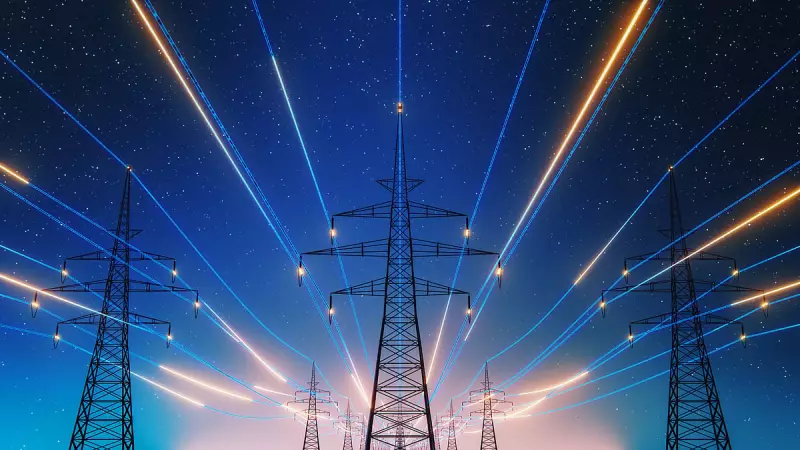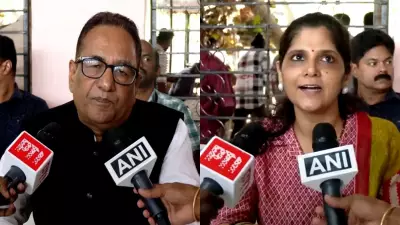
India's power sector is poised for its most significant transformation in decades as the government unveils the draft Electricity Amendment Bill 2025. This comprehensive legislation aims to address long-standing challenges that have plagued the country's electricity ecosystem, offering a fresh approach to rewiring how power is generated, distributed, and consumed across the nation.
Breaking the Discom Debt Cycle
At the heart of the reforms is the urgent need to rescue financially ailing distribution companies (discoms). These entities have accumulated staggering losses exceeding ₹7 trillion, creating a domino effect that threatens the entire power value chain. The bill proposes to separate content and carriage, allowing multiple suppliers to use the same infrastructure while competing for consumers.
Consumer Choice Takes Center Stage
Indian electricity consumers may soon enjoy unprecedented freedom to choose their power supplier, much like telecommunications services. This market-driven approach could revolutionize customer service standards while driving down costs through healthy competition. The legislation ensures continued cross-subsidization to protect agricultural and domestic consumers during this transition.
Key Transformative Provisions
- Mandatory metering requirements for all consumers
- Introduction of multiple distribution licensees in service areas
- Strengthened payment security mechanisms for generators
- Enhanced regulatory powers for timely tariff revisions
- Accelerated renewable energy integration frameworks
Renewable Energy Gets Major Boost
The bill aligns with India's ambitious climate goals by creating favorable conditions for renewable energy adoption. It streamlines procedures for green energy projects while ensuring grid stability through modern technological solutions. This comes at a crucial time when India is rapidly expanding its solar and wind capacity.
Political Consensus and Challenges
While the reform agenda has garnered support from industry experts, it faces political headwinds. Previous attempts in 2014, 2020, 2021, and 2022 encountered resistance from various stakeholders. The current draft attempts to balance competing interests while maintaining the reform momentum essential for India's economic growth.
The success of this legislation could determine whether India can achieve reliable, affordable, and sustainable power for all its citizens while supporting the nation's aspirations to become a global economic powerhouse.





